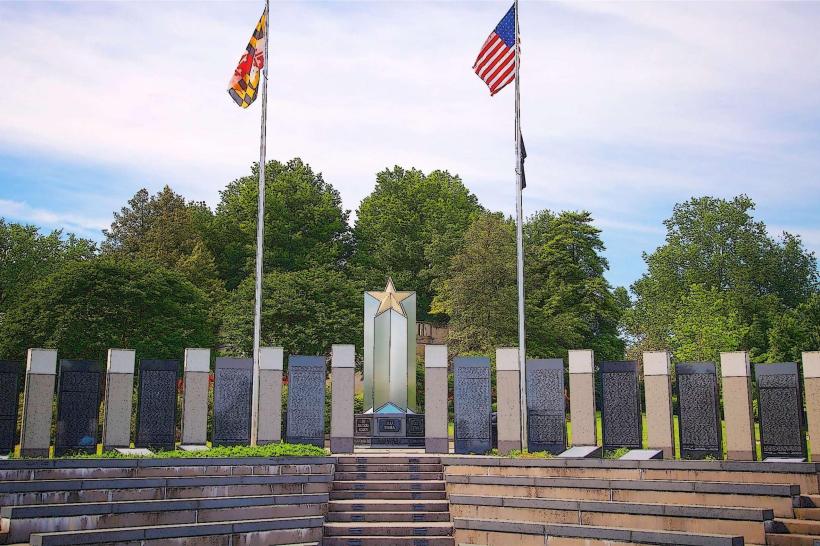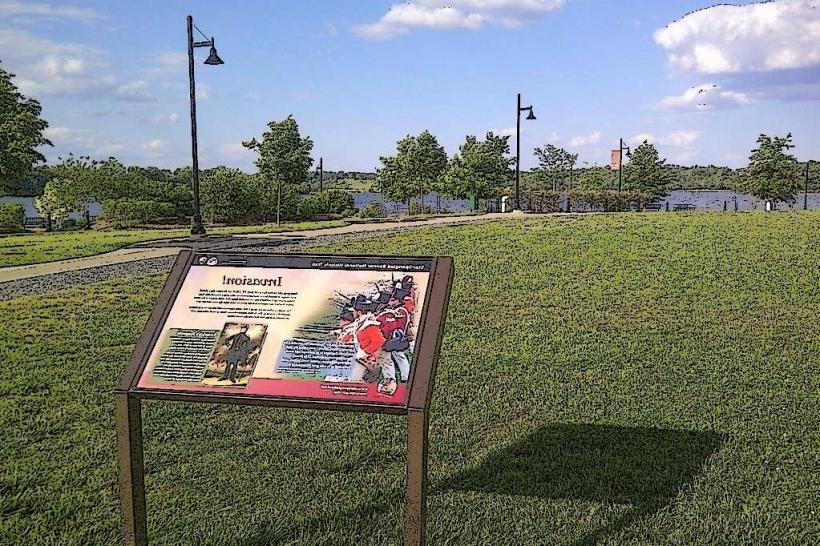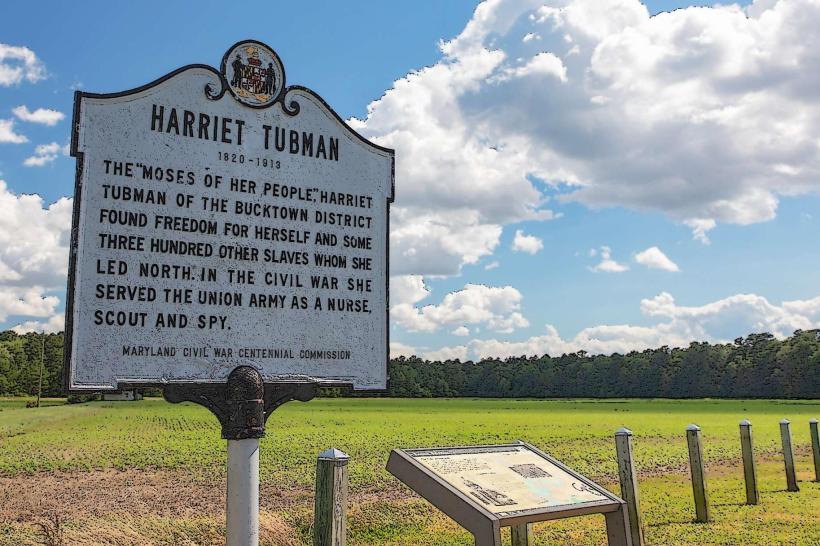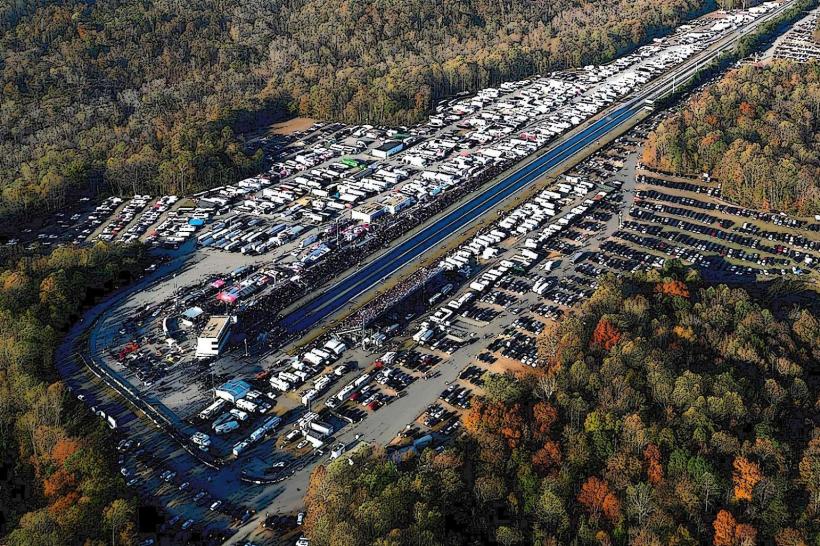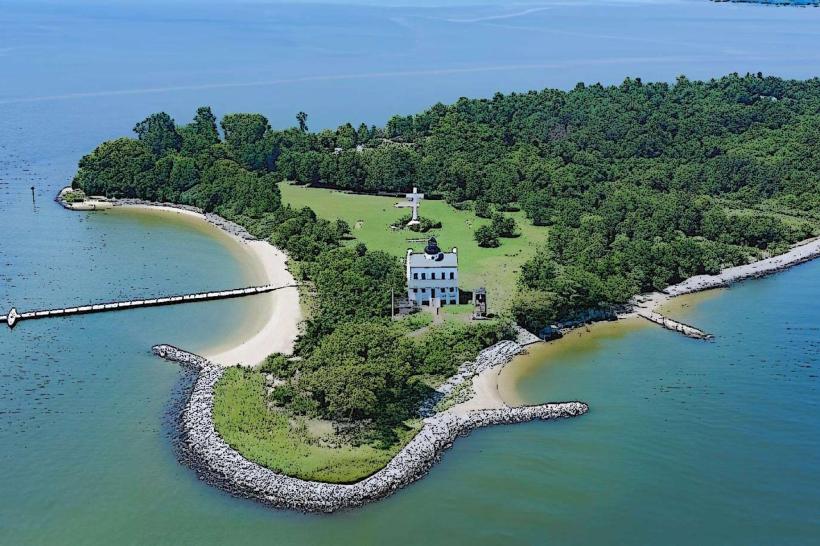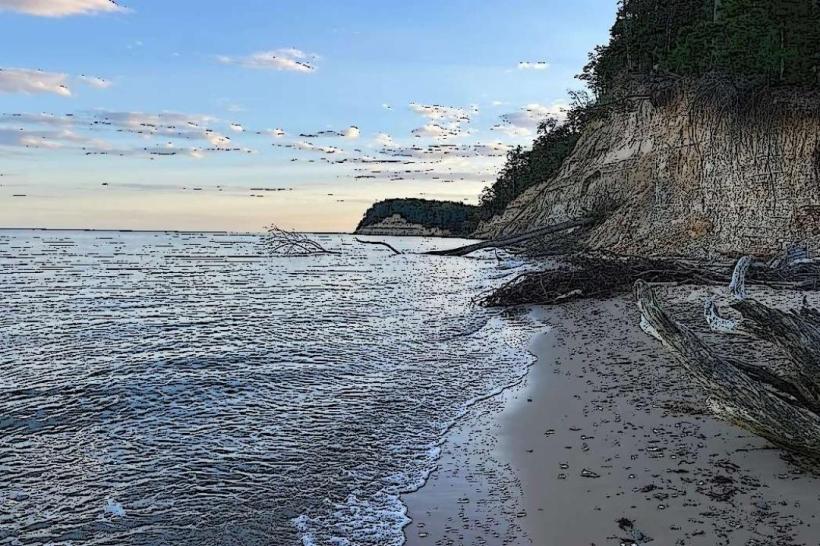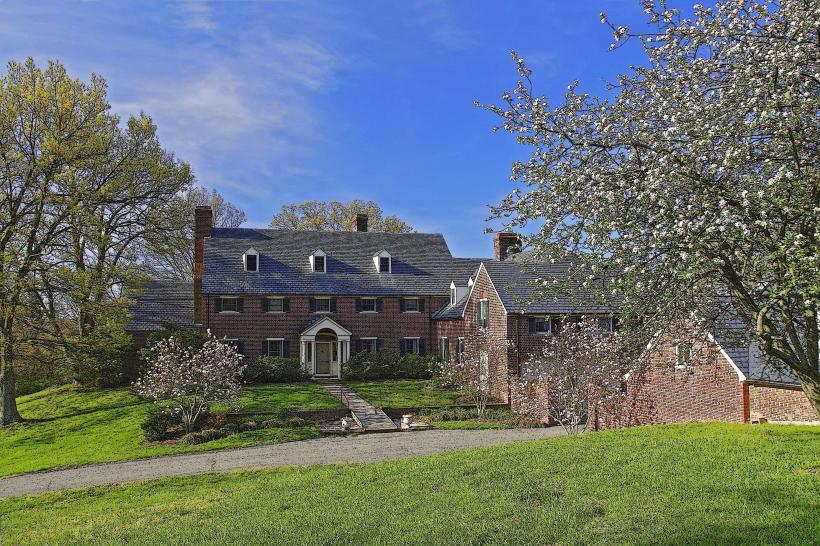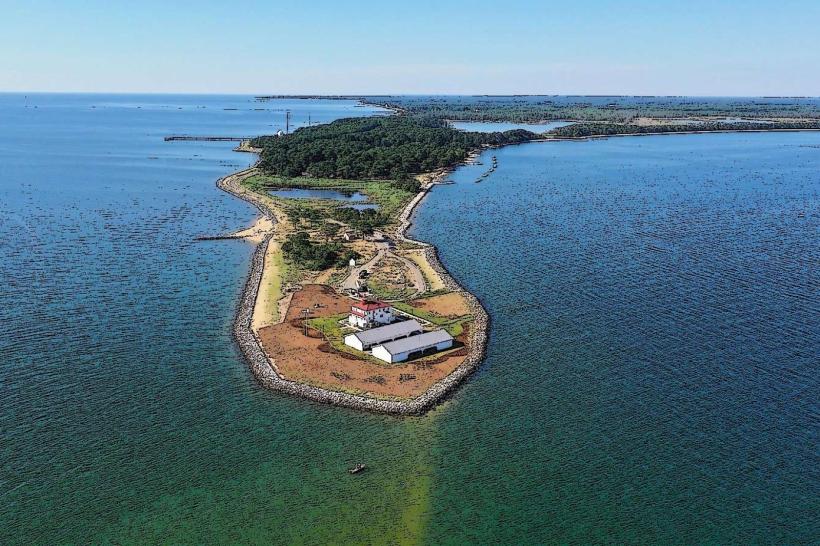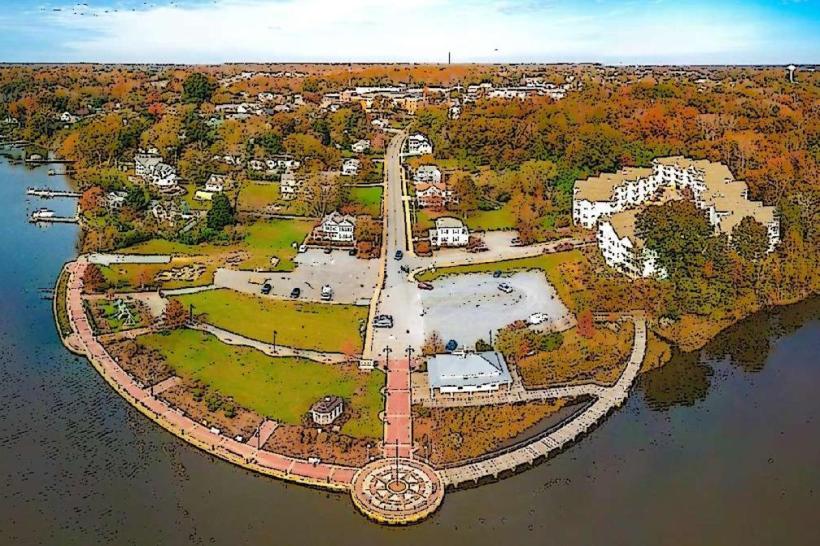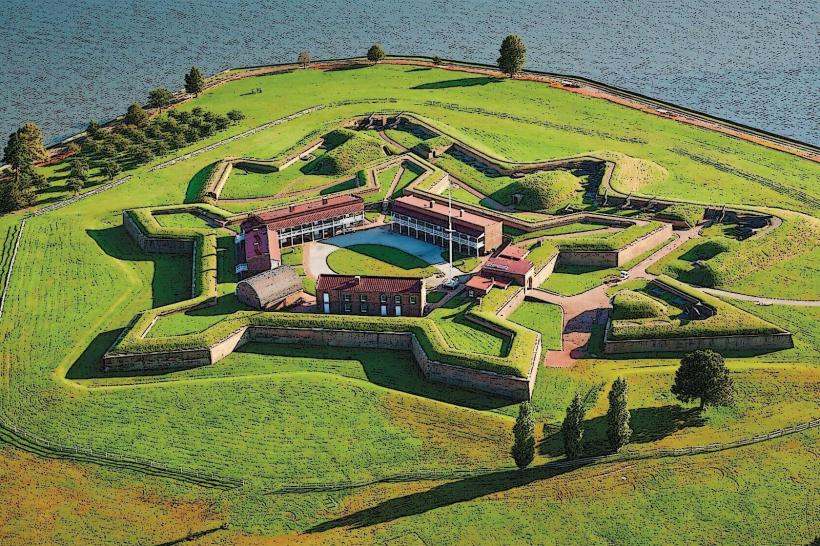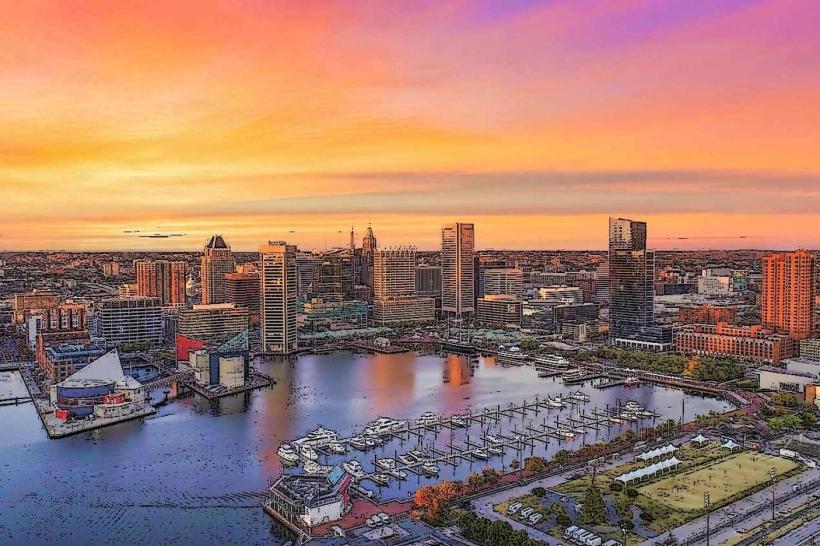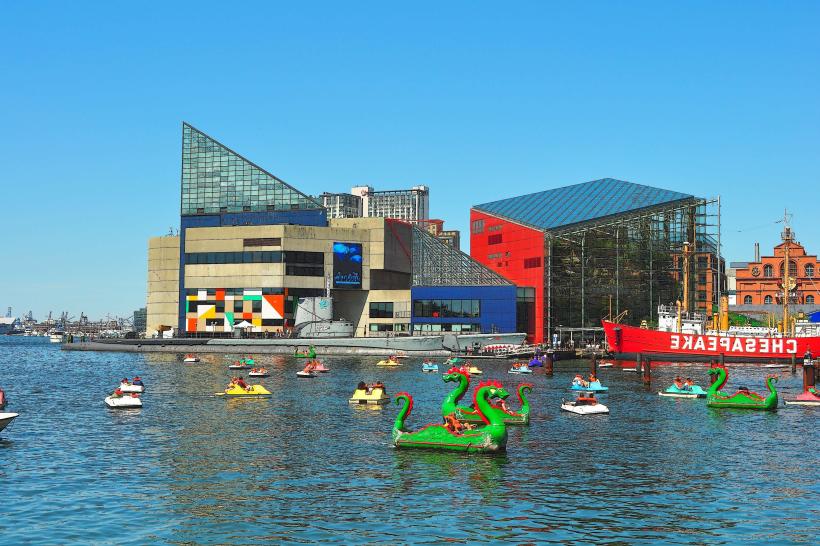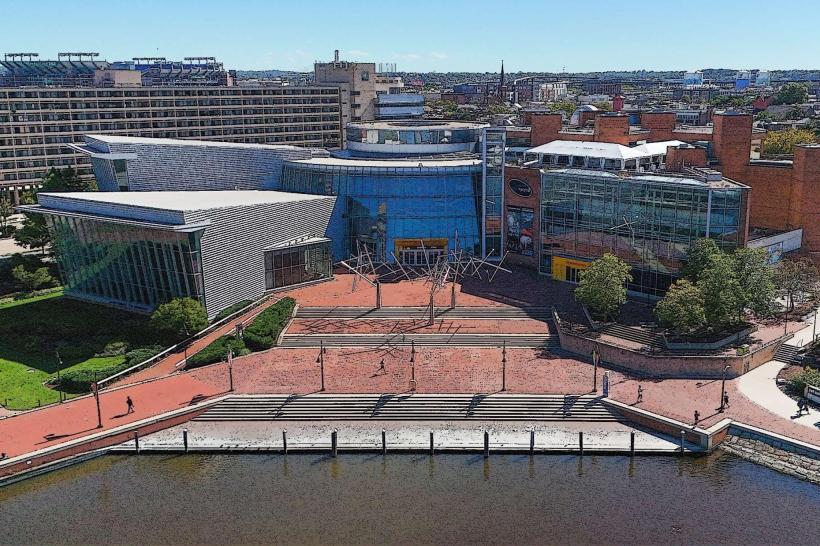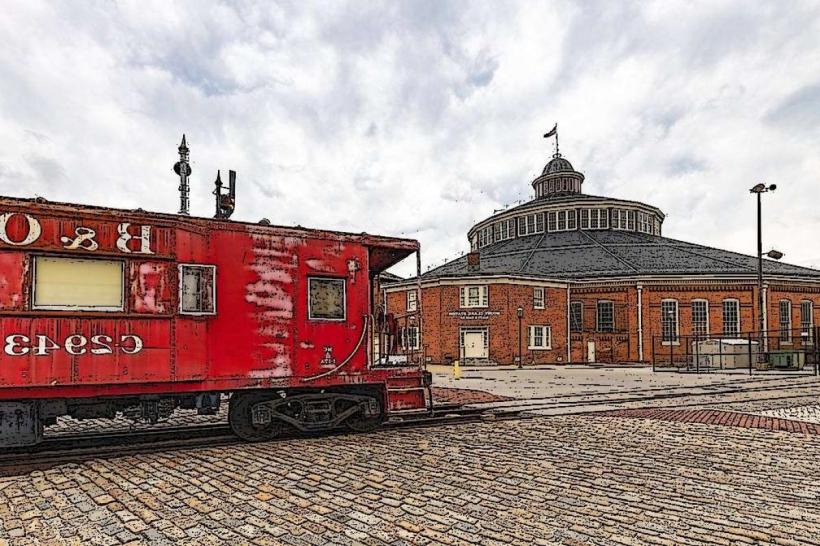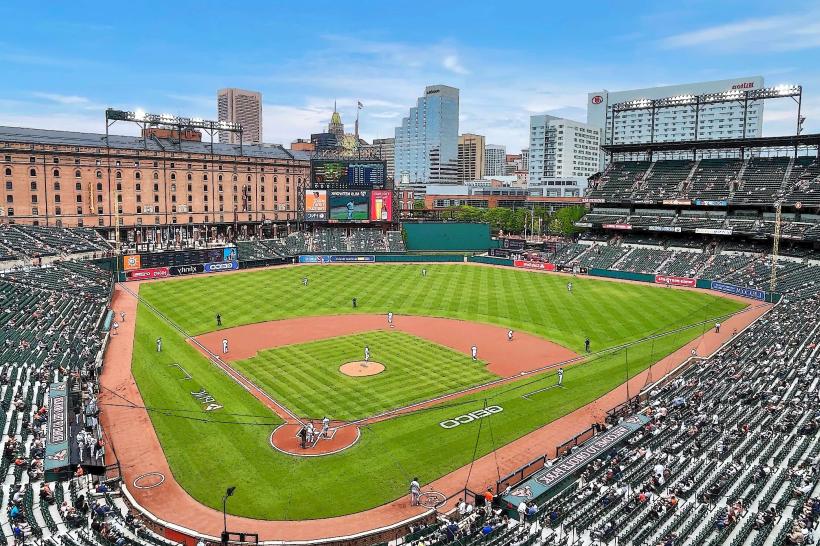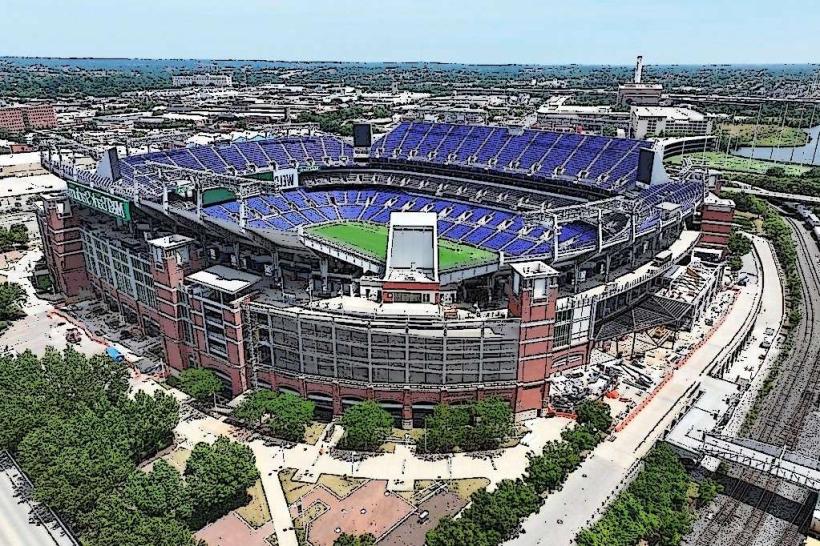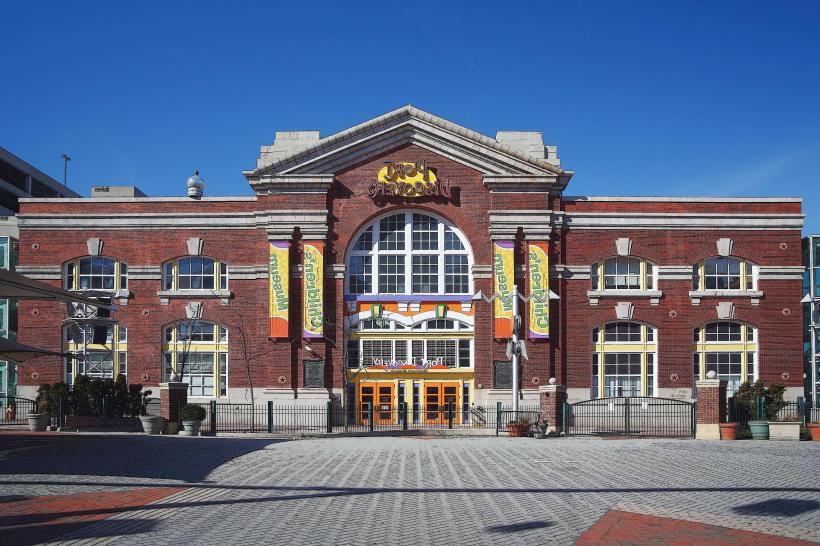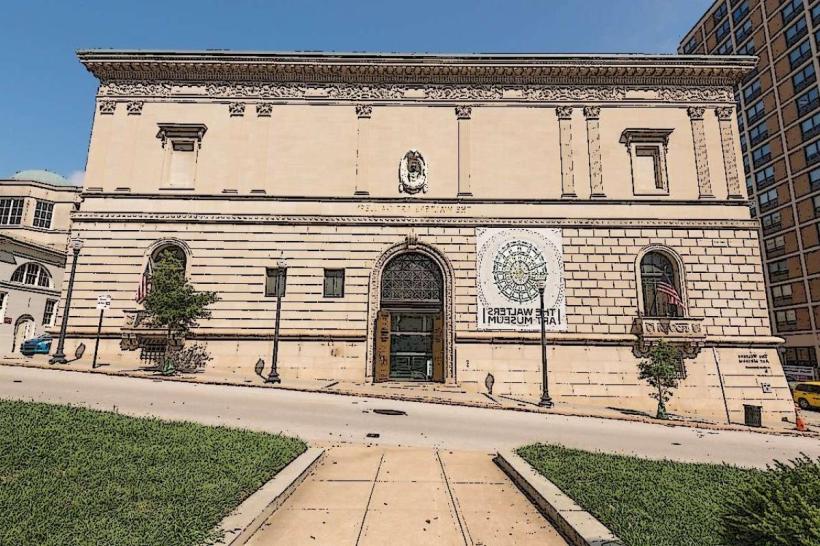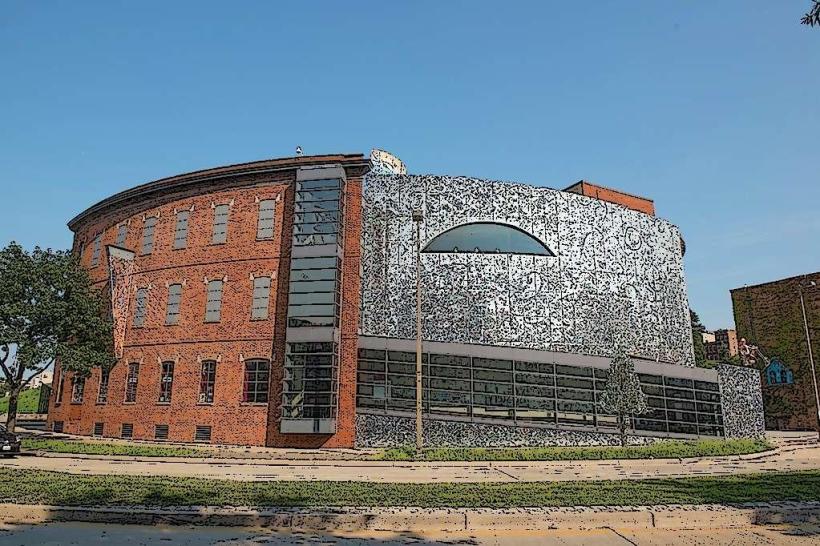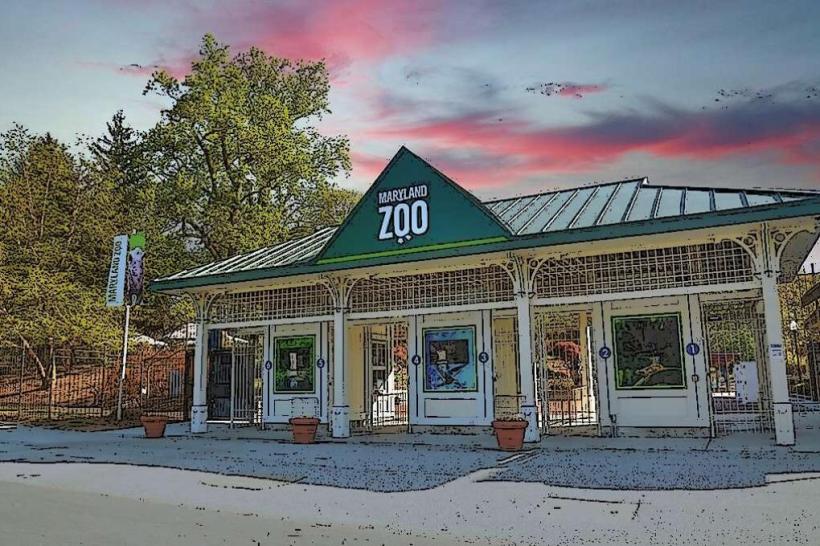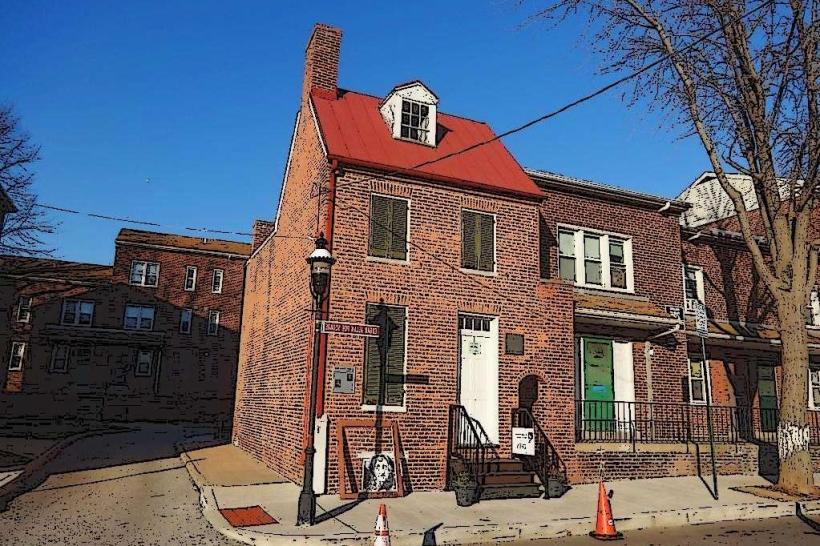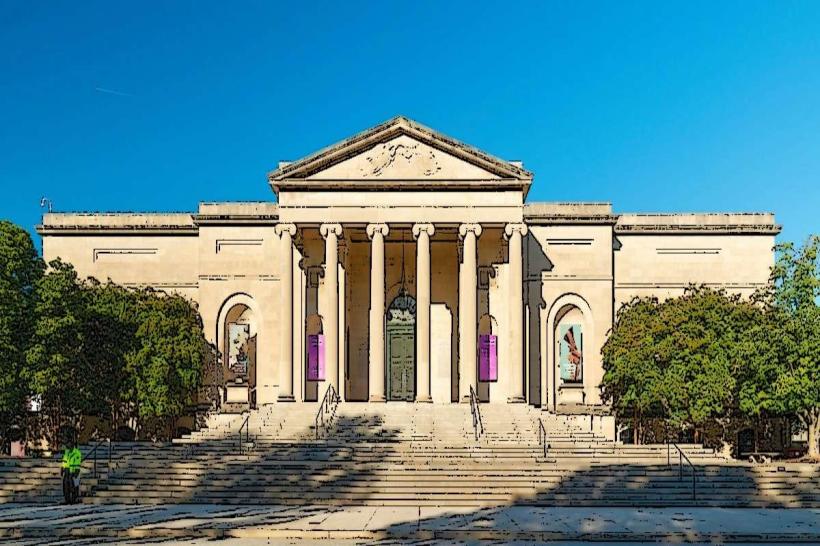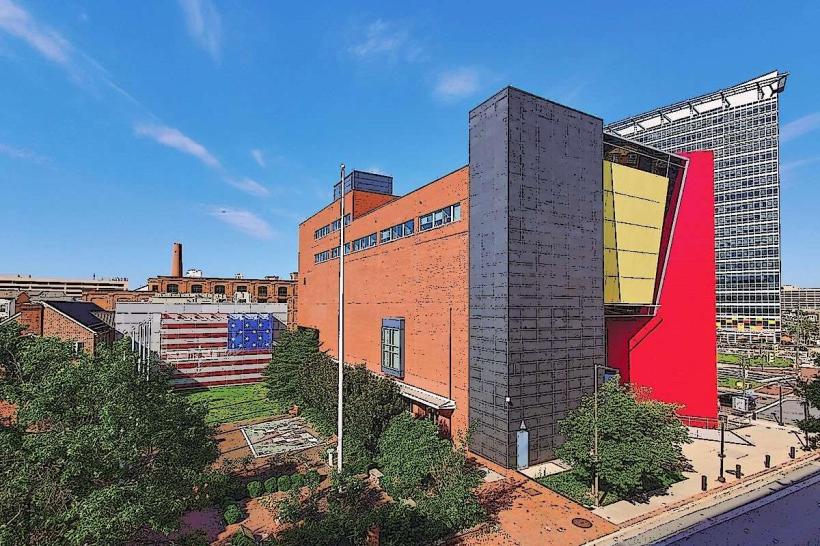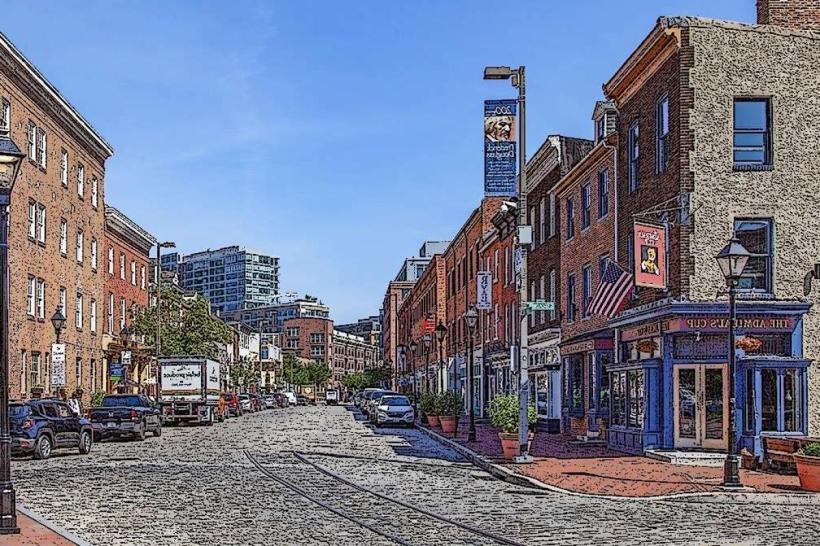Information
City: BaltimoreCountry: USA Maryland
Continent: North America
Baltimore, USA Maryland, North America
Overview
Baltimore sits in Maryland, a bustling port city on the East Coast where gulls wheel over the harbor, besides it sits on the Patapsco River, where the water drifts toward the Chesapeake Bay, and for generations it’s been a bustling seaport and hub of industry.Today, Maryland’s largest city stands on its own-outside any county-its streets and harbor shaped over centuries by bustling ships, waves of newcomers, and deep social change, and baltimore’s geography splits the city into a patchwork of districts and neighborhoods, each with its own character-like the cobblestone charm of Fells Point or the bustling markets in Lexington, more or less The city’s divided into neighborhoods-Downtown with its busy streets, Midtown, North Baltimore, South Baltimore, West Baltimore, and East Baltimore, subsequently people often use these divisions to plan projects, deliver public services, or refer to local culture-like naming a festival after a neighborhood.In the heart of Baltimore, downtown buzzes with life, where glass towers rise beside brick facades, and government offices sit steps away from museums and theaters, on top of that north Baltimore is mostly residential, with tree-lined streets, well-kept homes, a few prestigious schools, and plenty of parks.West and East Baltimore pack rows of tightly built homes, face tougher economic times, yet pulse with a vibrant cultural life, after that in South Baltimore, you’ll find waterfront neighborhoods alongside vintage industrial blocks now buzzing with redevelopment.The city rises and dips over gentle hills in the north and west, but down by the harbor the ground levels out, smooth as a calm shoreline, then the streets weave together neat grids, sharp diagonals, and winding lanes that seem to follow the land’s curves, a pattern shaped over centuries of change.Baltimore is home to about 570,000 people, while its wider metro area stretches to over 2.8 million-enough to fill stadiums many times over, along with for generations, African Americans have made up most of the city’s population, filling its streets with a lively Black culture and a strong political voice.You’ll also find large white, Latino, and Asian communities here, from the bakery with sweet pan dulce to the bustling weekend markets, on top of that today’s mix of residents tells a story shaped by decades of migration, the scars of redlining, factories shutting their doors, and the fresh paint of recent urban renewal.In Baltimore, every neighborhood wears its own identity, from painted stoops to block parties that spill into the street, as well as people tend to feel a stronger bond with their own neighborhood-a familiar street corner, a favorite café-than with the city overall.You can perceive the socioeconomic divide clearly-one street boasts tall glass condos, chic cafés, and a university campus, while just a few blocks away there’s boarded-up housing, struggling families, and years of neglect, likewise baltimore’s economy has changed a lot over the decades, from bustling shipyards to modern tech hubs, more or less For generations, it bustled with shipping, shipbuilding, steel, and heavy manufacturing-the clang of metal echoing along the waterfront, alternatively industry faltered in the mid-20th century, leaving the economy struggling, but since then the city’s found modern footing, from tech startups to bustling farmers’ markets.Today’s economy leans heavily on healthcare, anchored by major hospitals and research hubs-many tied to Johns Hopkins, where the scent of fresh antiseptic drifts through busy corridors, on top of that with powerhouse schools like Johns Hopkins and the University of Maryland, education and research drive the local economy, from bustling campus labs to crowded lecture halls, in some ways Technology and biotech thrive here, with the city tucked into the busy Baltimore–Washington corridor-a bustling hub where fresh startups spark ideas like light through glass, moreover government and defense jobs thrive here, thanks to nearby federal offices and military bases where you might hear the distant hum of helicopters.Baltimore’s deepwater port still hums with cargo ships, rail cars clanking, and busy regional logistics, likewise jobless rates and incomes swing sharply from one neighborhood to the next, and recent revitalization projects-fresh paint on aged storefronts, fresh cafés opening-have stirred heated debates over gentrification and the risk of pushing longtime residents out.In Baltimore, you’ll find gritty authenticity, deep working-class roots, and residents who speak with a pride as bold as the city’s brick row houses, what’s more the culture blends African American traditions, the salty grit of maritime life, and the rustic warmth of Appalachian roots.Locals speak a distinct dialect-often nicknamed “Baltimorese” or “Bawlmer”-with quirky pronunciations and phrases, like turning “Baltimore” into a quick, soft “Bawlmer.”The city’s character comes alive through its art, music, and literature-murals splashed across brick walls, songs drifting from open windows, stories rooted in every street, alternatively baltimore’s given the world standout artists, gifted writers, and musicians whose songs still echo down its brick-lined streets.It seems, The city buzzes with live theater, hums with the rhythms of jazz and hip-hop, and nurtures a contemporary arts scene that’s quickly taking root, after that baltimore’s known across the country for shaping urban politics and driving activism, from crowded street rallies to late-night city council debates.You know, It’s stood at the heart of civil rights fights, driven fierce debates over police reform, and sparked fresh ideas in city policy-like turning vacant lots into community gardens, subsequently in Baltimore, education weaves a complicated landscape, from bustling city classrooms to quiet neighborhood schools.Public schools educate a wide mix of students-kids from every neighborhood and background-but they’ve wrestled for years with tight budgets, crumbling buildings, and stubborn gaps in achievement, at the same time the city also boasts prestigious private schools and a handful of universities that rank among the nation’s best, their ivy-covered halls buzzing with students, occasionally Johns Hopkins University ranks among the world’s top research institutions, excelling in medicine, public health, international relations, and engineering-fields where its labs hum with discovery, and at the University of Maryland, Baltimore, you’ll find professional schools in law, medicine, and pharmacy-each with bustling halls and the scent of fresh coffee drifting from the student lounge.You’ll also find Morgan State University, a well-known HBCU; Loyola University Maryland; and the Maryland Institute College of Art, where glowing murals spill across the campus walls, alternatively in Baltimore, you’ll find a network of highways and rail lines, with public transit playing a smaller role-think buses rumbling past on a few key routes.Interstates 95, 83, and 695 carry traffic in and out of the city, linking it to the wider region, simultaneously rail: Amtrak and MARC run commuter trains and regional lines, from busy morning routes to long stretches of track humming in the afternoon sun.Penn Station serves as the city’s main rail hub, where the rumble of arriving trains echoes through its crowded platforms, at the same time public Transit: The Maryland Transit Administration runs buses, light rail, and the metro subway, though riders often complain about late arrivals and gaps in service.Port: The Port of Baltimore is still a major deepwater hub, moving tons of cargo and gleaming current cars off ships, what’s more baltimore/Washington International Thurgood Marshall Airport (BWI) serves as the region’s main gateway, with planes lifting off almost constantly from its busy runways.Cars are everywhere, yet many neighborhoods still boast lively, walkable centers, and you can discover bike lanes slowly stretching along the streets, after that still, transportation equity is a pressing issue, with some neighborhoods able to reach jobs and grocery stores easily while others face long, unreliable commutes.Baltimore has wrestled for years with violent crime, drug trafficking, and deep-rooted problems in its police force, from street corners where deals happen in plain sight to neighborhoods worn thin by fear, subsequently homicide rates run well above the national average, and worries about safety dominate city politics, from council debates to late-night talks on dimly lit sidewalks.Still, crime rates can swing sharply from one neighborhood to the next-sometimes just a few streets apart, simultaneously in the past few years, reform has taken center stage, with pushes for community-based policing, tighter oversight of law enforcement, and fresh funding for social services like neighborhood clinics, in some ways Freddie Gray’s death in police custody in 2015 ignited protests across the city, turning Baltimore into a national flashpoint for racial justice and police reform, with streets filled by chanting crowds and the smell of smoke in the air, in addition baltimore’s cityscape blends timeworn brick rowhouses kept alive through preservation with shiny current condos from gentrification, all standing alongside blocks crumbling into decay.People are working to breathe novel life into the downtown and waterfront area, adding things like vivid café patios and lively street markets.
Author: Tourist Landmarks
Date: 2025-10-29
Landmarks in baltimore

